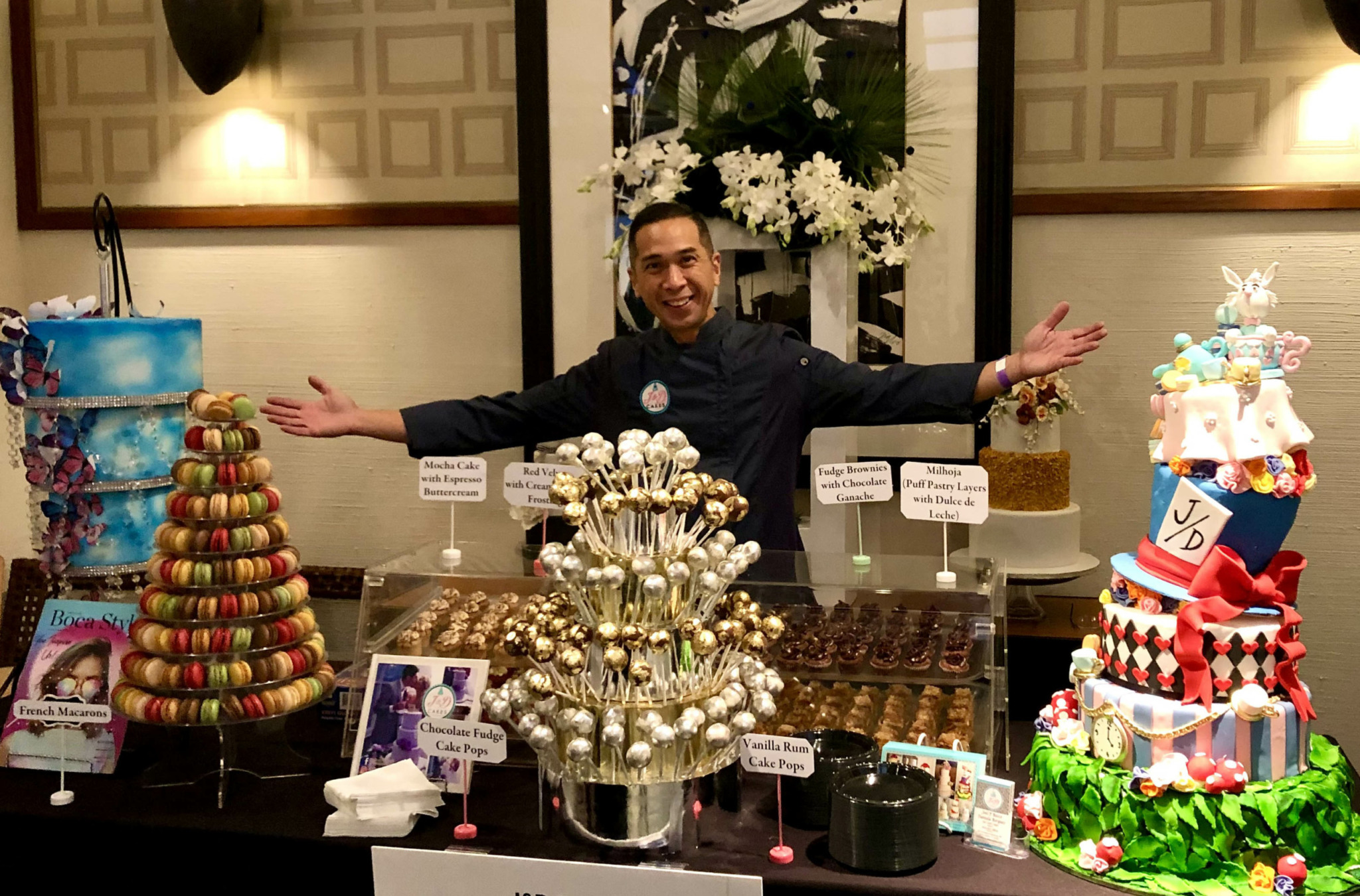One of the most daunting aspects of pursing a creative or artistic career for many aspiring artists is not knowing how to learn the craft. So, we asked some very talented artists and creatives to talk to us about how they learned their crafts and we hope their stories will help you in your journey.
Anna Mayer
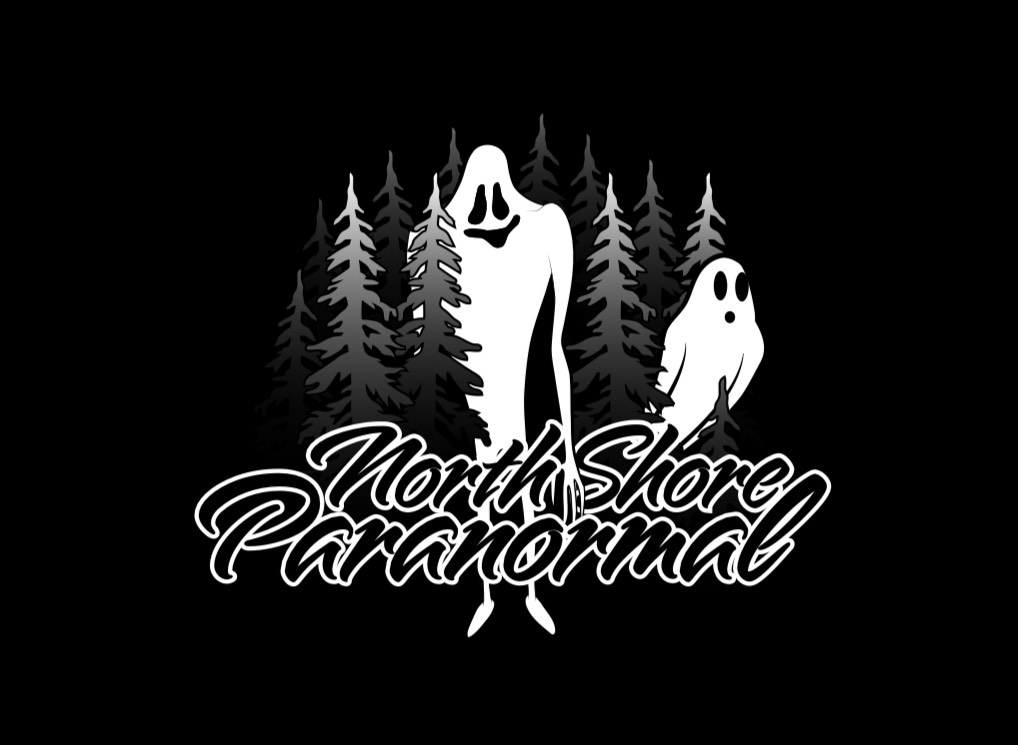
Growing up, I would always monkey around with iMovie on my parent’s computer and make dumb videos. I had a lot of fun learning how to edit at a young age, and it acted as my creative outlet. When I started my channel, I researched other video editing software systems that I could use. Once I found one I liked I just played around with it until I got a good understanding. Watching videos on YouTube and utilizing Google helped me get a solid foundation for editing my videos today. Having a mentor would have helped speed up this learning process, but as I said, using google and youtube as my educator helped me build the skills I needed to produce entertaining videos. Read more>>
Xxmorrison
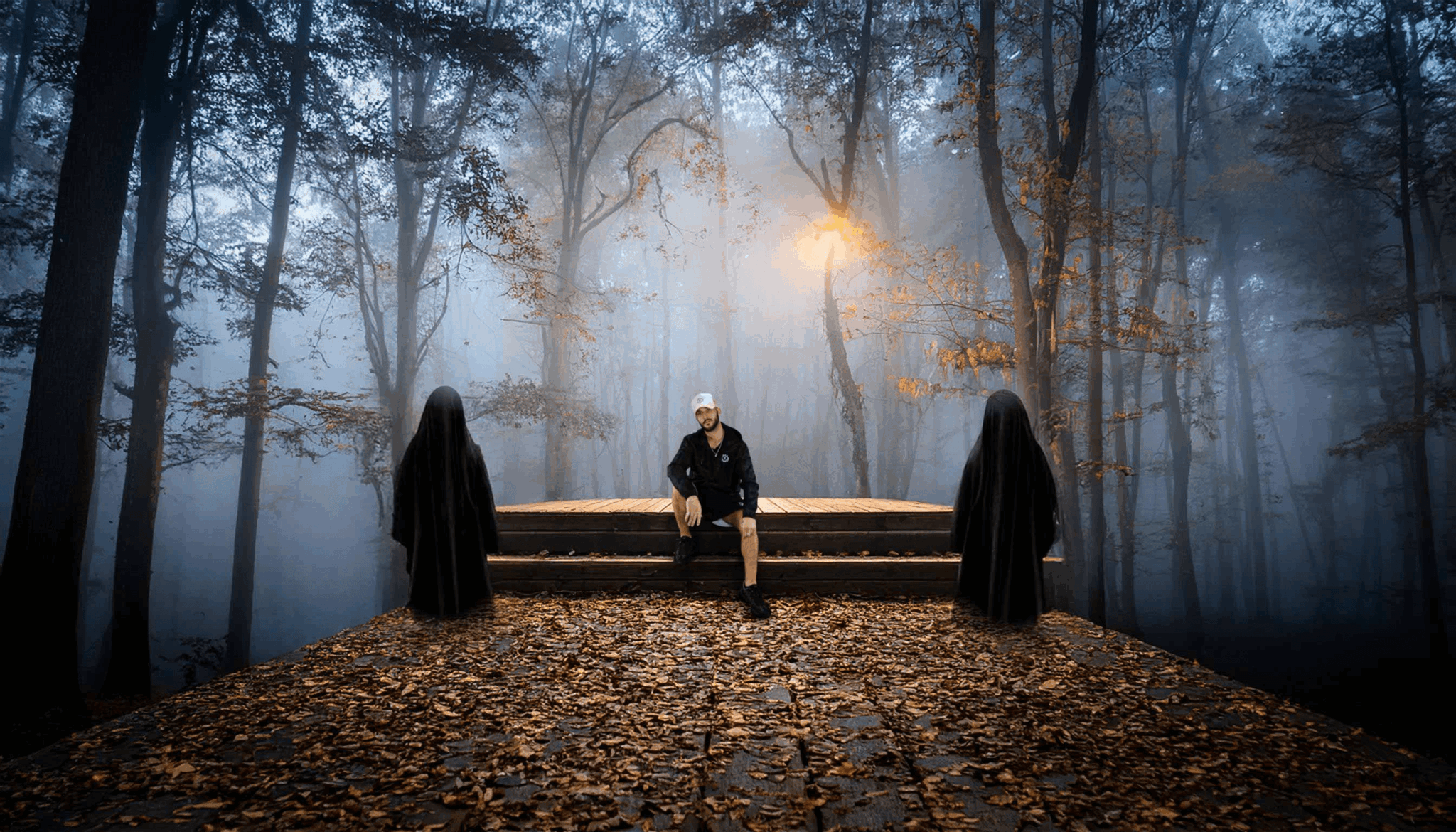
Immense research paired with unmatchable drive and determination will create the stepping stones necessary for growth in anything. Starting out in a new area or field, you may not even know the right questions to ask yet, let alone how to achieve a certain outcome from the answers to those questions. So, safely jumping in with a notepad and getting a feel for the unknown is how I began my journey and slowly started answering all the questions I had accumulated over time. Read more>>
Clarissa Jane

The learning process for modeling, as with most things in life, is all trial & error. I don’t think there would be a way to have sped up the process simply because it has to do directly with the love you have for yourself & your bravery to be vulnerable. In my opinion, to be a successful model, the confidence has to be there 100%. It’s an art form that requires you to be extremely self aware of your physical body. Knowing your angles when there’s a lens pointed at you, how things will be perceived from a camera’s perspective and just being entirely present in your body. When I was first starting out, I did not have the confidence in myself that I do now. I was self conscious of everything; my nose & side profile, what to do with my hands, how lanky I was & awkward I felt. Read more>>
Spitfire Sparks
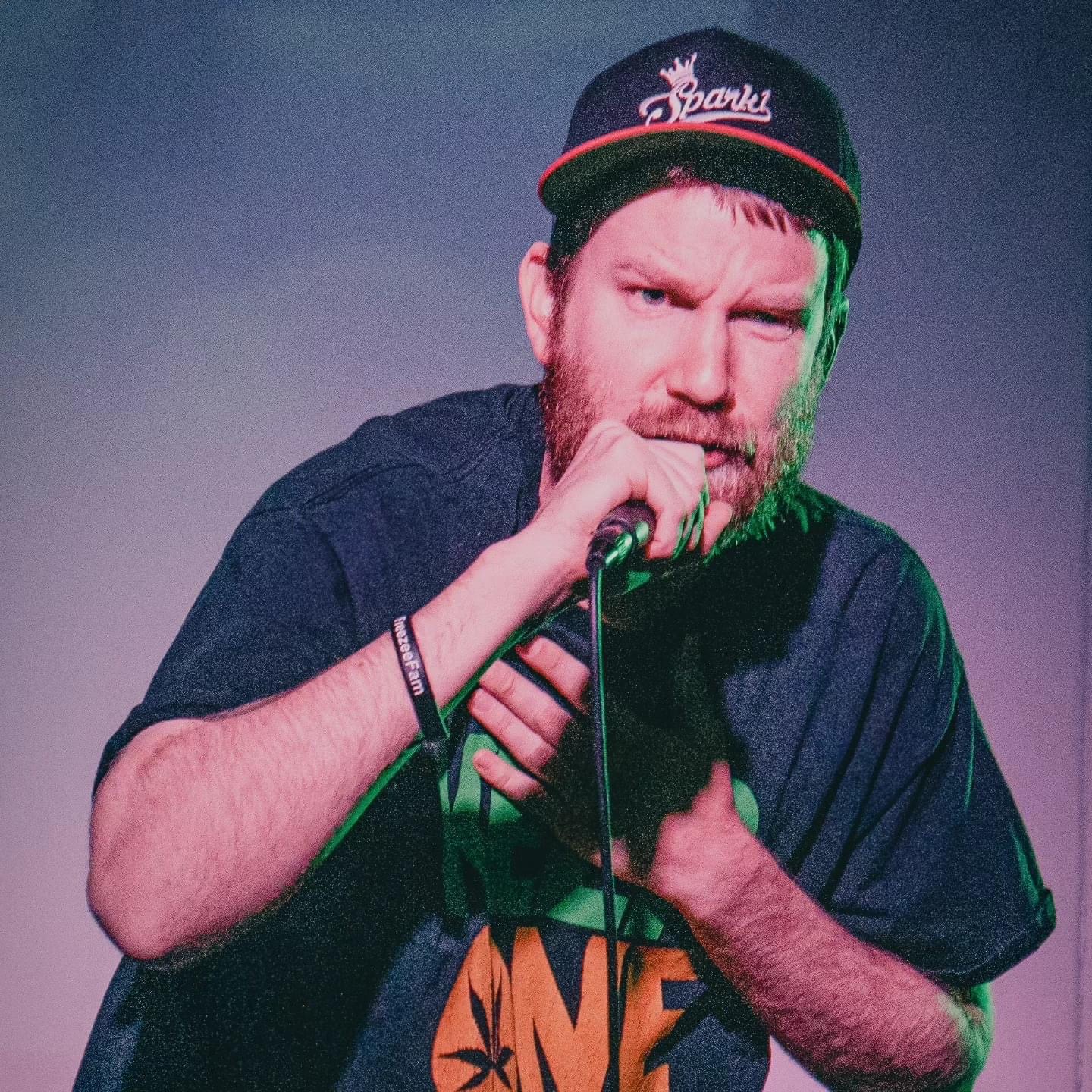
Today I have chosen to speak on learning the craft, as it is such an important aspect of being an independent artist. In traditional days, you would just focus on creating music, hope to get signed and then at that point someone else would handle almost every other aspect for you for a cut. Being completely independent means EVERY responsibility is on me. The production, writing, recording, mixing, artwork, marketing, show booking, videography, merch, the list is almost never-ending. Read more>>
Hannah Eko
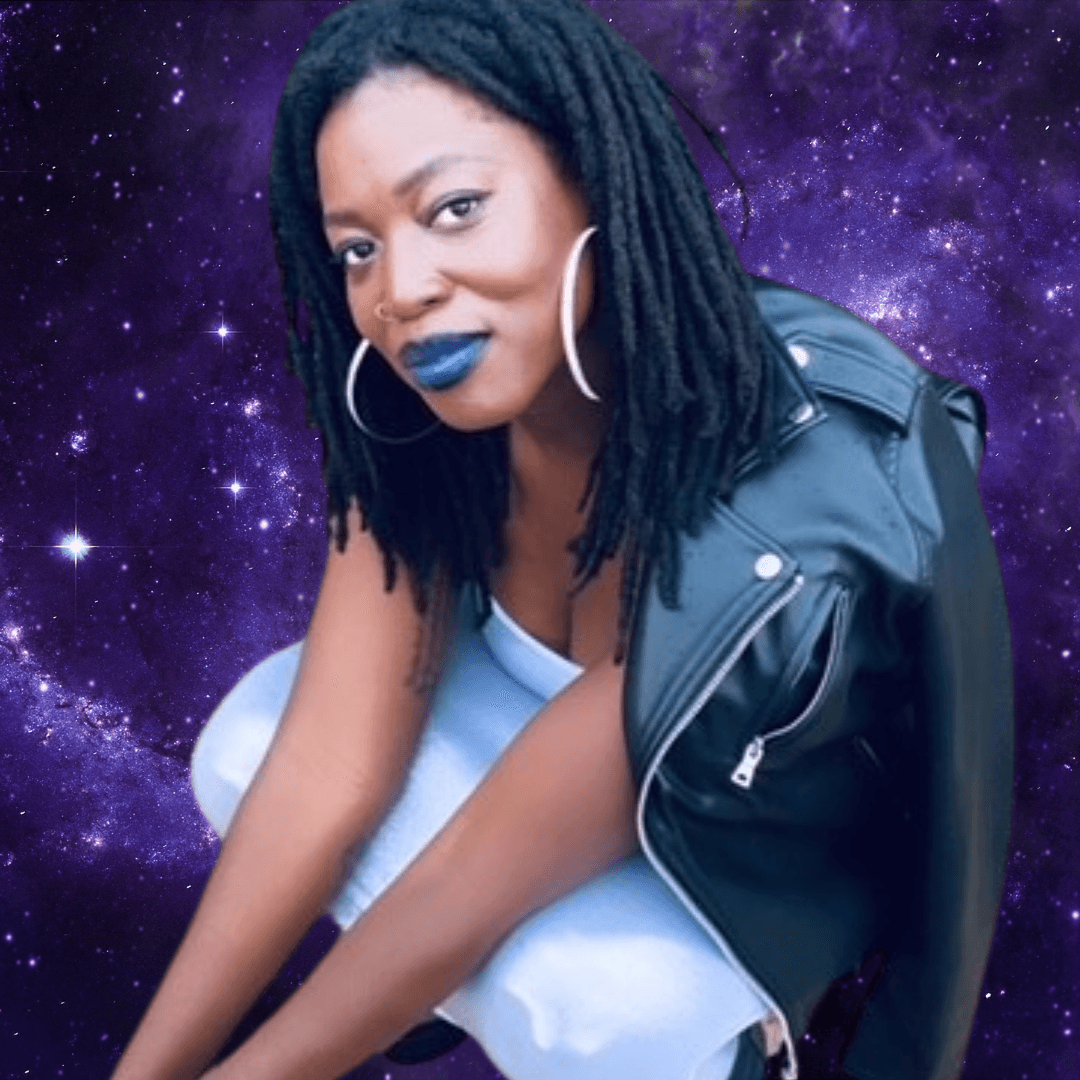
I learned about writing well in ways both formal and informal. I was an avid zinester in my early twenties and one of the initial members of the Portland Women of Color Zine Collective founded by the late, great Tonya Jones. I was active duty in the Coast Guard so I pursued writing by reading whatever I could get my hands on, going to workshops, and journaling. Later on, I ended up going back to school to get an MFA in Creative Writing from the University of Pittsburgh. I think having intentional mentorship can really help you steer your career and skill development in a more meaningful direction—you know what to invest and when instead of overthinking it and just acquiring workshop after workshop. I think when you know which writer you want to be like and where you are at skill wise, you can more effectively steer your learning. Like maybe you’re great with dialogue but you struggle with world building or transitions. The better you know yourself, the more time you save elevating your skills. Read more>>
Rob Westphal

I did a traditional apprenticeship under Scott Cooksey in North Dallas for two years to learn how to tattoo! I don’t think I would do anything to speed up the process, as it brought me patience and gave me ample time to hone my drawing skills, etc… I feel like drawing skills are the most essential part of my trade – if the drawing isn’t any good, then the tattoo won’t be any better! Read more>>
Annais Morales

My first experience with learning about fiber arts/ textiles was when I as in elementary school. I remember seeing a girl on Youtube talking about embroidery and thinking to myself, “I can do that’. Ever since then, I have always carried the mindset of being to do anything…as long as there is a Youtube video for it. Read more>>
Prasanjib Nag

I learned animation through hands-on experience at a few of my first companies. I started my career in 2003 Hyderabad,India, without formal training, when I joined my first company as a trainee. After a few months, they assigned me to a project—rotoscope 2D computer-generated animation, which I found easy to manage. However, I struggled with my next project, which wasn’t rotoscopic. Realizing my training wasn’t sufficient, the company selected a couple of top artists, including myself, to attend proper 2D animation training. That’s where I truly began to grasp animation techniques. Read more>>
Lava (ash Hancock)

Being selective with my mentors as well as self teaching adaptations has brought forth the knowledge I have today. I am often inspired by what I absorb within each day. The art of just existing and allowing my reality 222 be the inspiration infused with my own senses and emotions/thoughts/feelings is essential to my craft. What I have realized is trying to follow a trend or even just try too hard doesn’t ever work for me. When I focus on having fun with it whilst being productive and self-disciplinary it allows an organic creation that feels evolving and so right to share with the world. Read more>>
Igor Pererodov
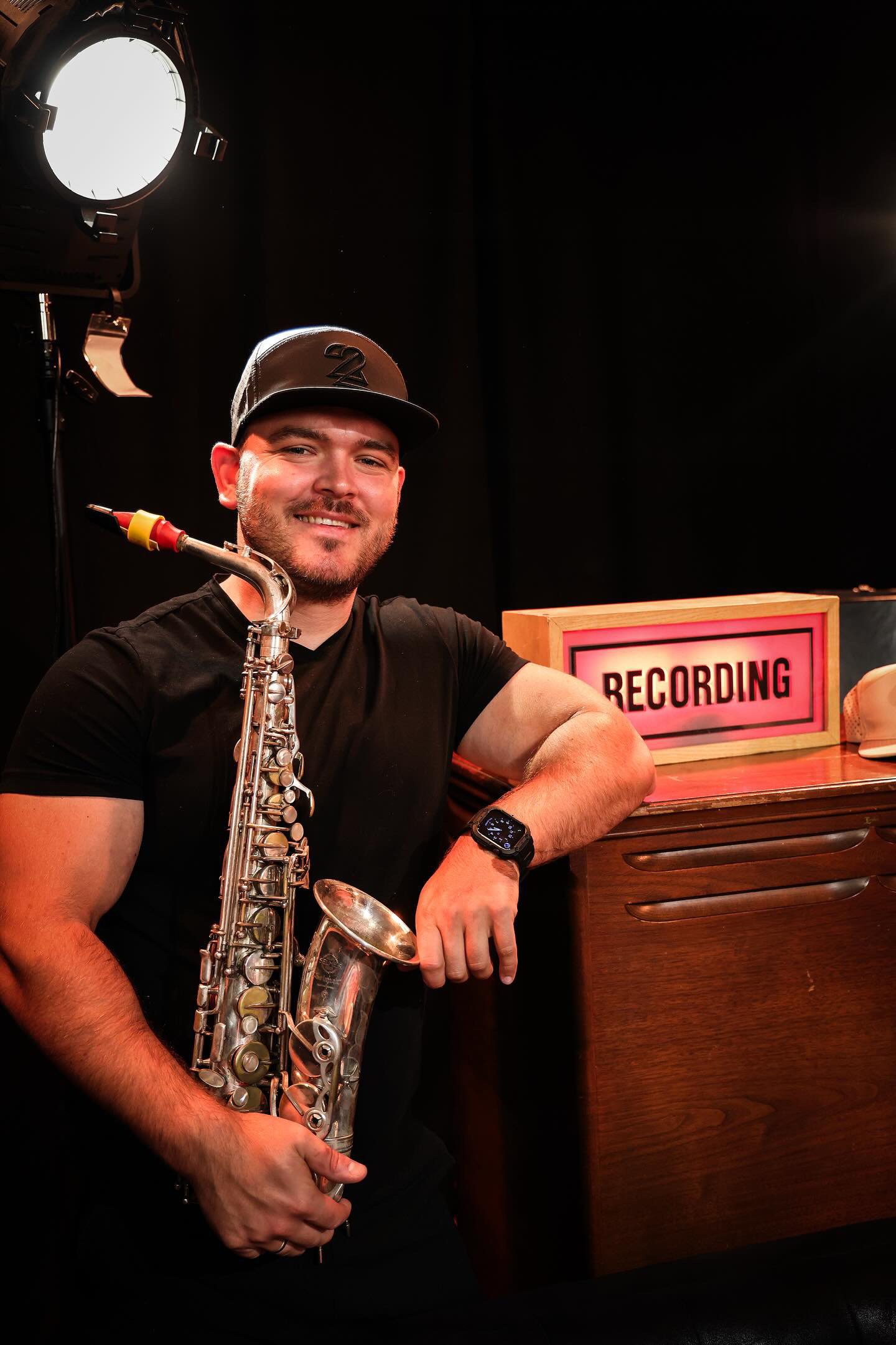
I started learning saxophone when I was just seven, back in Uzhhorod, Ukraine. My parents scraped together enough money for a secondhand sax and some lessons. But truly, I learned through relentless practice. Hours upon hours every day, even when my lips were sore and my fingers ached. The Conservatory years were intense – rigorous training in theory, technique, and performance. Read more>>
Tanisha Quilter-williams

How did you learn to do what you do? I started learning to write by reading books in the library. While in college, I picked up books about writing and screenwriting, which sparked my passion for the craft. Eventually, I connected with other screenwriters, like Takashi Bufford, who wrote Set It Off. He became a mentor and provided invaluable guidance and tools for honing my skills. Knowing what you know now, what could you have done to speed up your learning process? Looking back, I’m not sure if there was a way to significantly speed up my learning process. Most of my growth came from actively seeking out information, doing research, and consistently writing. I believe the journey of putting pen to paper was essential for me, and each step was part of that learning curve. Read more>>
Jack Schudy

I learned to direct by directing. I know that’s trite, but it’s also very true. I took film classes at the University of Kansas for a few years, but I didn’t end up making it to the higher level courses because everything else about college was so uninteresting for me. By the time I went to school to pursue directing, I’d already directed two features and two short films. Now, granted, none of which saw much success or had anything even remotely resembling a budget- but nonetheless- I had directed them. Read more>>
Dani Demize
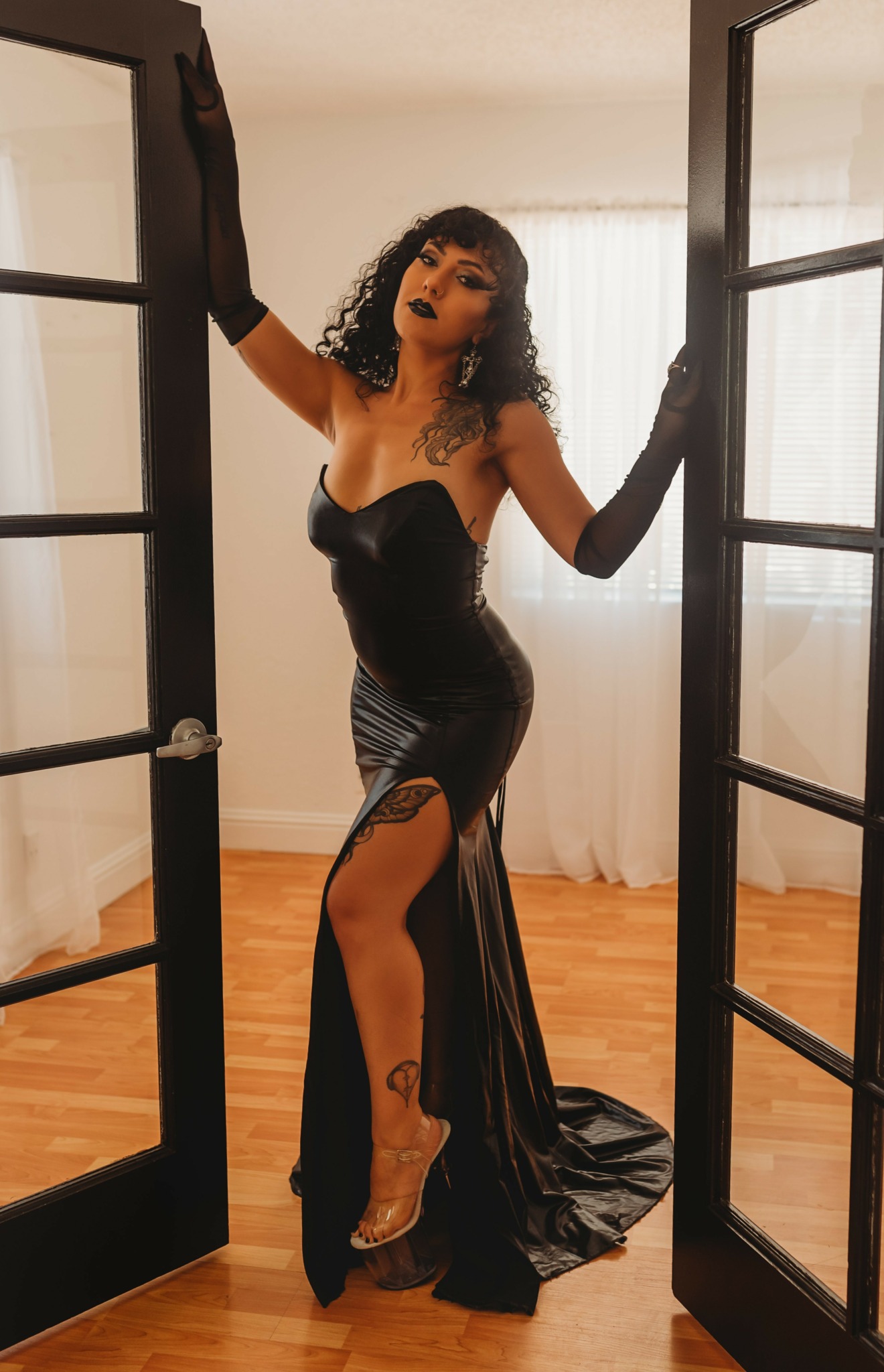
I fell into the world of burlesque in 2017. A couple of friends at the time asked if I wanted to kitten the small burlesque and drag show they hosted at the bar I was bartending at. My response was “Sure!…What is a stage kitten?” They explained it to me and four days later I was on stage cleaning up and setting up each acts’ props. The following week was the next show and I was asked to write the setlist and manage performers. I felt so green to the world of burlesque as someone who had no dance or performance background, nor an idea of what actual burlesque was and is, and was honestly terrified of being on stage. It was all very much a learn by trial and error situation. Read more>>
Kayla Cochran
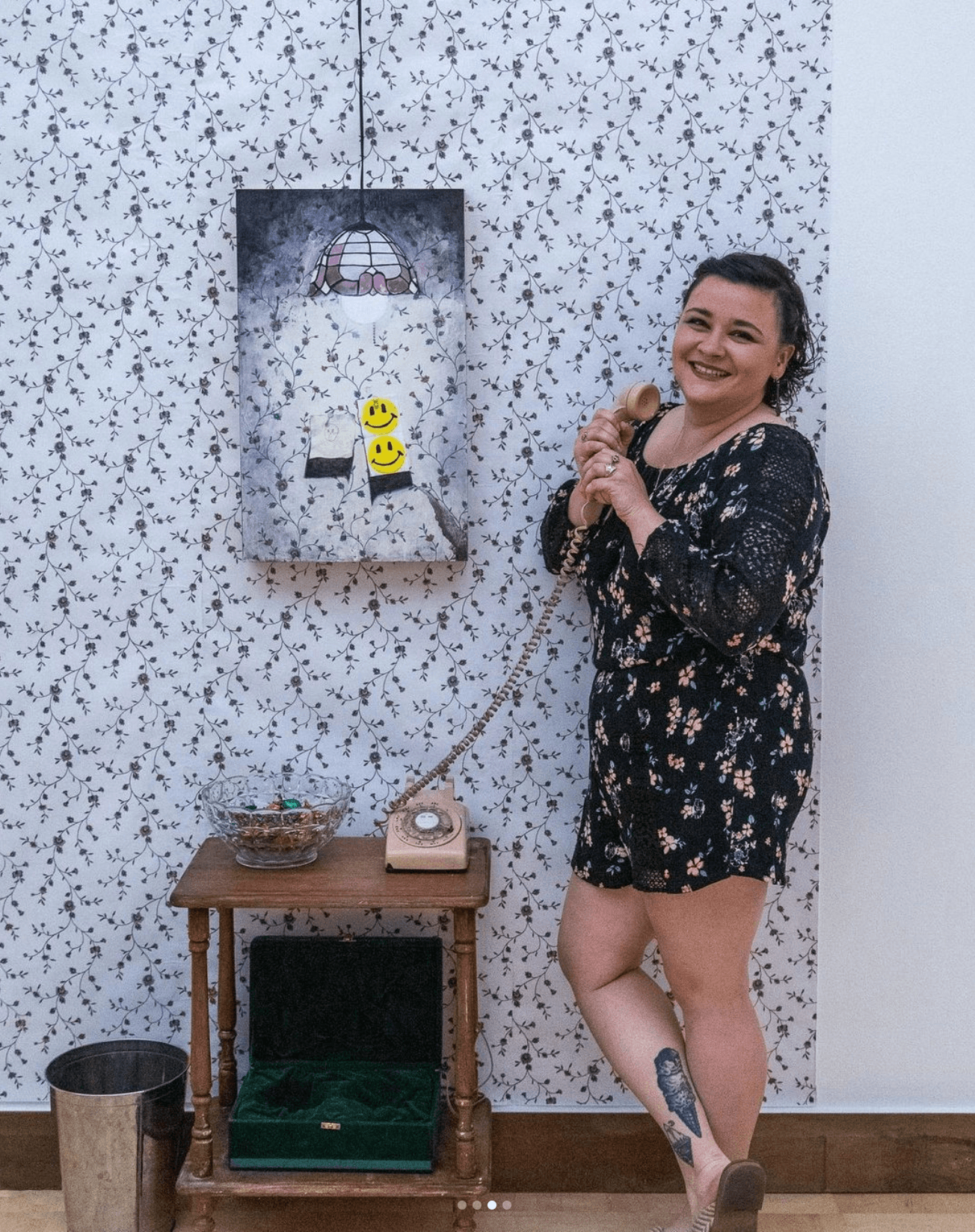
As an educator, I’ve thought a lot about my philosophies on learning. For me, there are three phases. The first is being taught. I owe a lot of that to my educators, particularly the instructors at Montserrat College of Art where I graduated with a BFA. Sometimes, though, being taught means self-teaching and researching centuries of evidence on a material’s methodology. I had nearly no knowledge of ceramics when I accepted a position that included teaching it to high schoolers. Read more>>
Alaura Battle
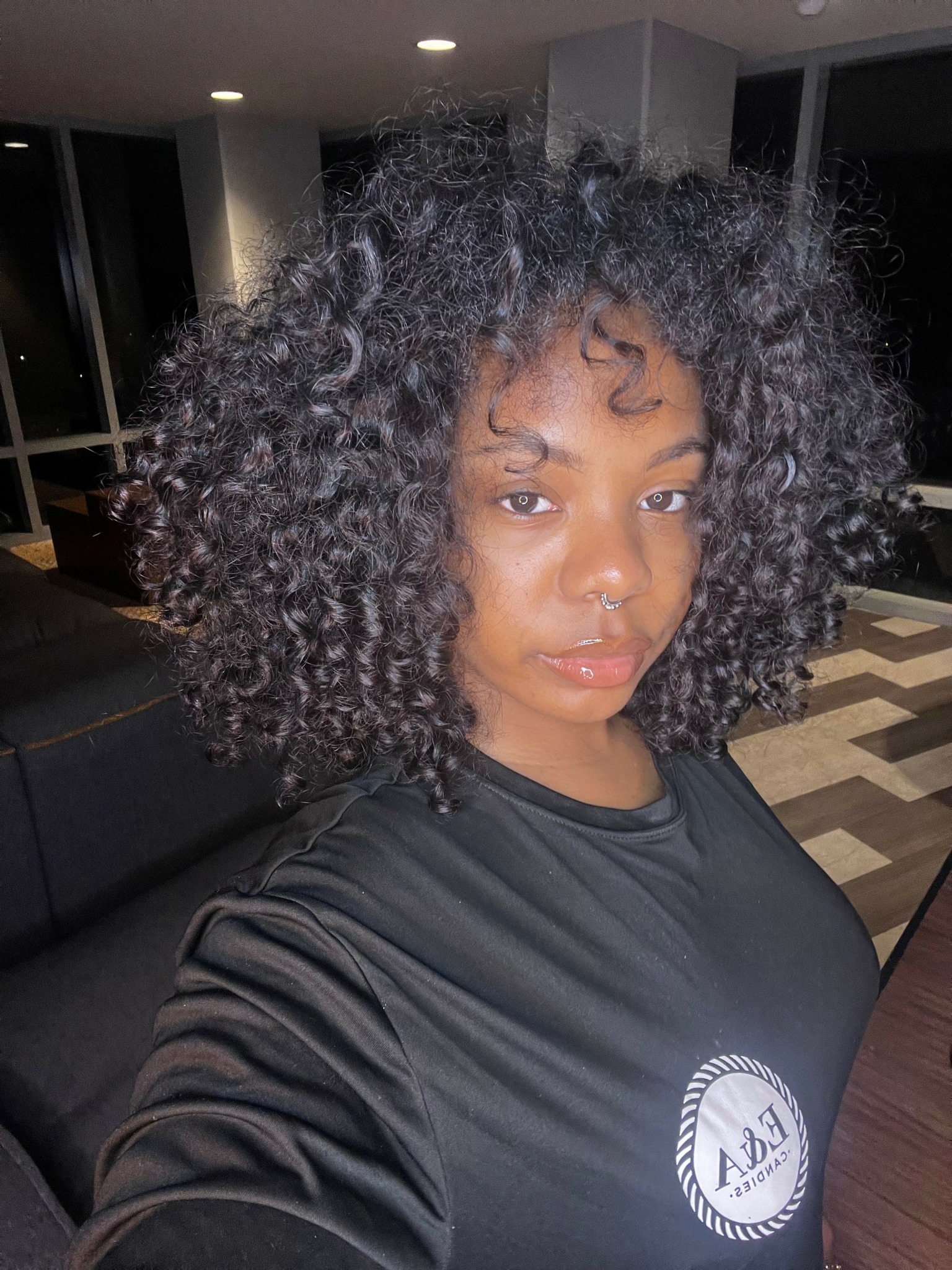
At a very young age, I was obsessed with everything about beauty. My hair was a big part of my identity and confidence, if I thought my hair was ugly it translated to how I felt about myself . Luckily, now I have gained a lot of love and admiration for myself so my confidence isn’t linked to my hair but it still does play a major part in my identity. Read more>>
Amanda Prazak
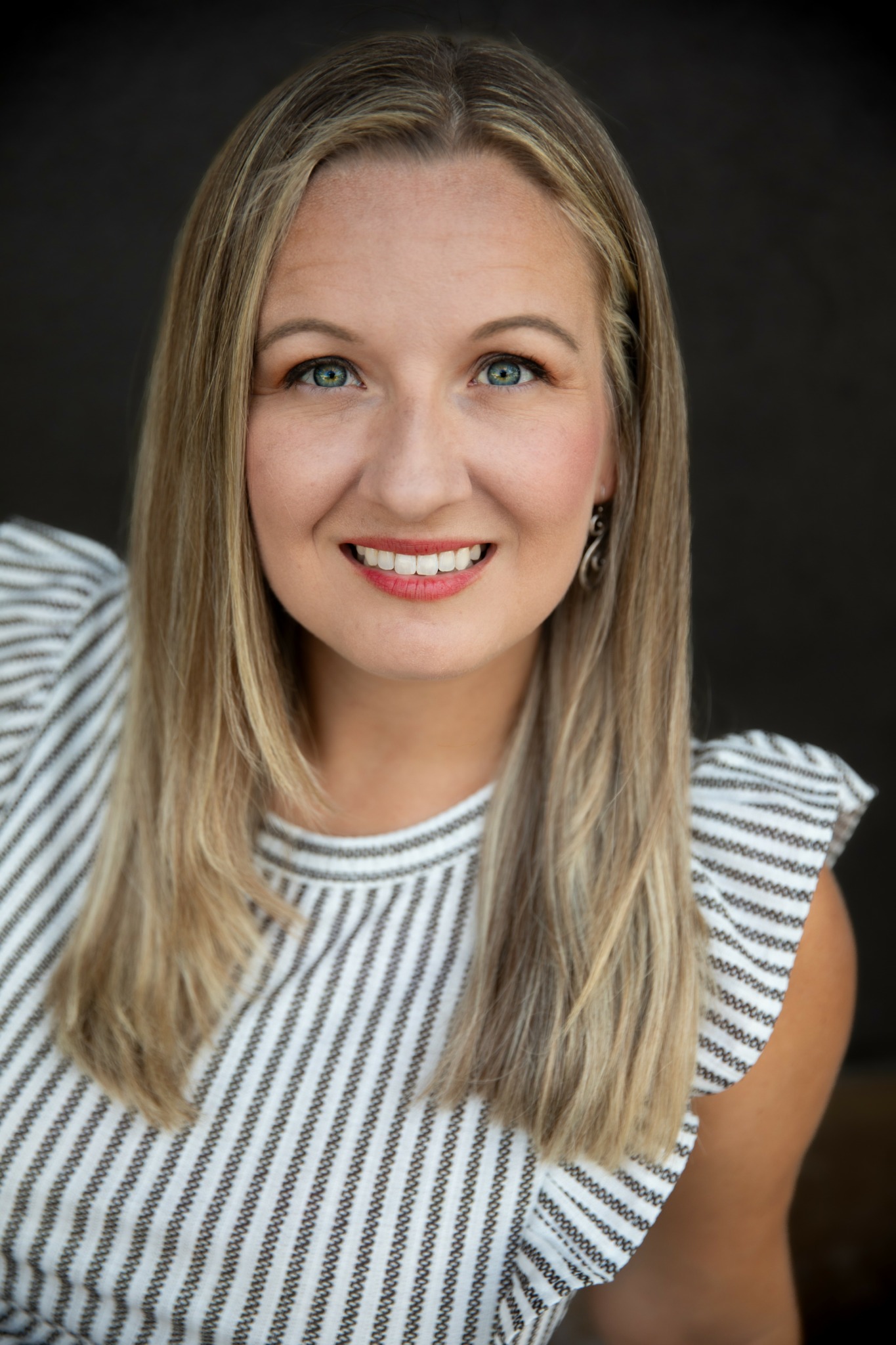
Photography is so much more than picking up a camera and clicking the shutter button. I have spent endless hours learning camera functions, lighting, posing, and editing techniques through online courses. Photography truly is an art and each photographer has their own unique style. Working with newborns, requires even more training to ensure safety and comfort during each session. I am a member of various newborn photography organizations in which I participate in trainings and courses to continuously learn and enhance my skills. Read more>>
Stephanie Saldivar
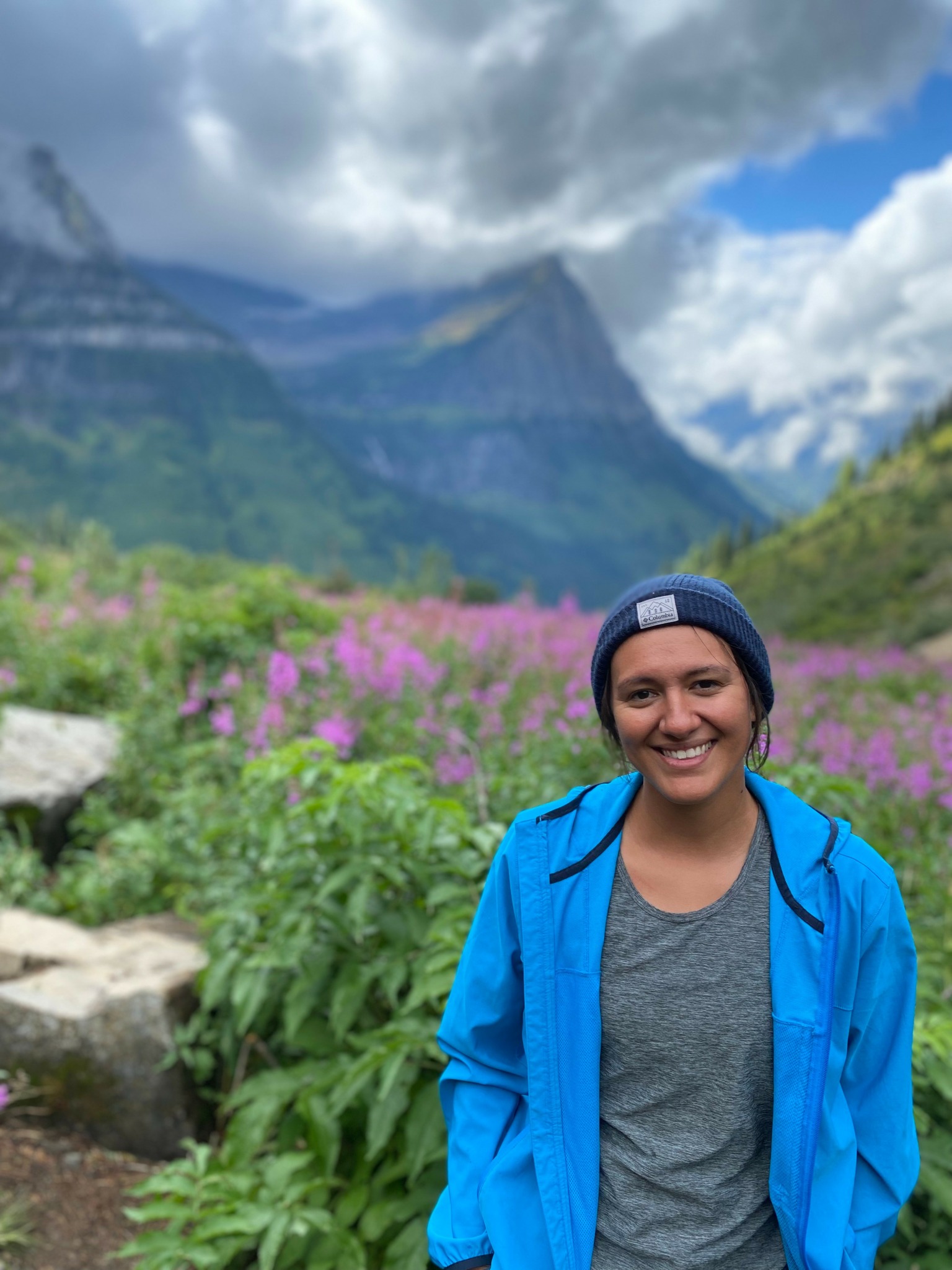
It all started with an introduction to photography class during my freshman year of high school, where I learned the basics and history of film photography. This opened the door to my creative passion, and from there, I have sought opportunities to expand my creativity through self-taught techniques. As a teenager, I had big dreams of becoming a full-time photographer; however, I was unaware and misguided of how to turn my dreams into reality. The only to have “sped up” my learning process was to eliminate self-doubt and steer clear of the “safe path.” On the contrary, my life choices have taught me valuable lessons that I would have never been able to redirect into my craft had I not overcome my obstacles. My challenges and victories have shone light on my willingness to believe in myself and my work and pushed me to learn more about how to turn my craft into a business. Read more>>
Ginny Thomas

How did I learn to do what I do? My journey into photography began when I was a videography major in college, and like many, I first dabbled in capturing the beauty of flowers, landscapes, and sunsets. But when digital photography became more accessible, I fell in love with how I could instantly see the effects of adjusting different settings. This ability to experiment sparked my passion for photography, and I quickly found myself wanting more equipment to explore this new creative outlet. Read more>>
Lorena Balaguer

I do believe I was born with an almost predestined inclination for photography. As far back as my memories go, I had a curiosity and hunger for cameras and photos. I did take a class in college on the subject, but in all honesty the skills and technology and methods that I use today didn’t exist back then. Read more>>
Genesis Barrios

As an Artist,Producer and Software Engineer I learned all my skills throughout my life in different ways. I went to University for 5 years for Computer Science to learn Software Engineering but I still did a lot of self learning during and after my studies. As for music, I’m a life long musician, having gone to Magnet Schools throughout Grade School and then continuing my own studies in Music Production, learning new instruments, and continuing to develop my voice. YouTube University, as they say or just online resources have been instrumental in my learning process, in both music and tech. Read more>>
Stephanie Alvarez

My first experience with photography was in a high school elective course, learning with a film 35mm camera (which I still have for nostalgia) and developing the negatives and prints myself. I remember buying my first tripod in college, which I also still have and use! The running joke between my husband and I is about how many tripods I have acquired since pursuing photography professionally. Read more>>
Nirmala Sesnarayan

When I was four (4) years old, my Dad decided to take me to religious functions in order to learn about our culture and religion. He just felt it best to immerse me into it rather than just teach me verbally. My parents also enrolled me in a Hindu elementary school which added to my knowledge and most of all singing. My Dad’s coaching coupled with the songs I learnt at school were the two ingredients I needed to start singing at religious functions. Every Thursday night and Sunday morning, I would go with my parents to the temples we attended and I would sing the bhajan (devotional song) he taught me. I was just four years old. That continued throughout my elementary school years. Read more>>
Robert Peterson

How did you learn to do what you do? My journey has been quite diverse. After graduating college in 2004, I taught myself video editing and worked as a freelance contractor for post-production houses and ad agencies. Later, I shifted gears and became a personal trainer, working both with gyms and one-on-one clients. When I got married, I ventured into wedding photography, collaborating with my wife at the time. Eventually, I stumbled into the world of interiors and architectural photography, which has since become my focus. Interestingly, I had no formal training in any of these fields before diving in. The common thread in my path has been learning by doing—stepping into new roles and figuring things out along the way. Read more>>
Kayleigh Vecchione

I fell in love with photography at an early age and began studying it in high school, nearly 20-some years later, I am still constantly learning. I tried everything from traditional schooling to in-person workshops, mentorships, YouTube videos, and trial and error by just trying things on my own. I don’t believe there is one specific way to learn photography. Knowing what I know now, I wish I had spent more time also learning the business side of things before starting a business thinking my photography knowledge was all I needed. There were many hurdles early on in my career that would have been much easier if I knew more about running a business. Read more>>
Dmichael Watson

During college I met some people who would later open a tattoo studio in Sacramento Ca. I was a fine art/photography major in school but after school I ended up with a photography job that I didn’t have a passion for I was miserable. One day I received a call from my friends in Sacramento and they offered me a tattoo apprenticeship. Within the week, packed up my car and drive cross country from Pennsylvania. The apprenticeship was difficult I had to work a full time job during the day and a work full time in the evenings at the tattoo studio. I slept on couches just to make ends meet. As I look back, I don’t think I would have done it any differently. It was an extremely difficult time but with the struggle came the appreciation for the craft of tattooing Read more>>
Christopher Williams
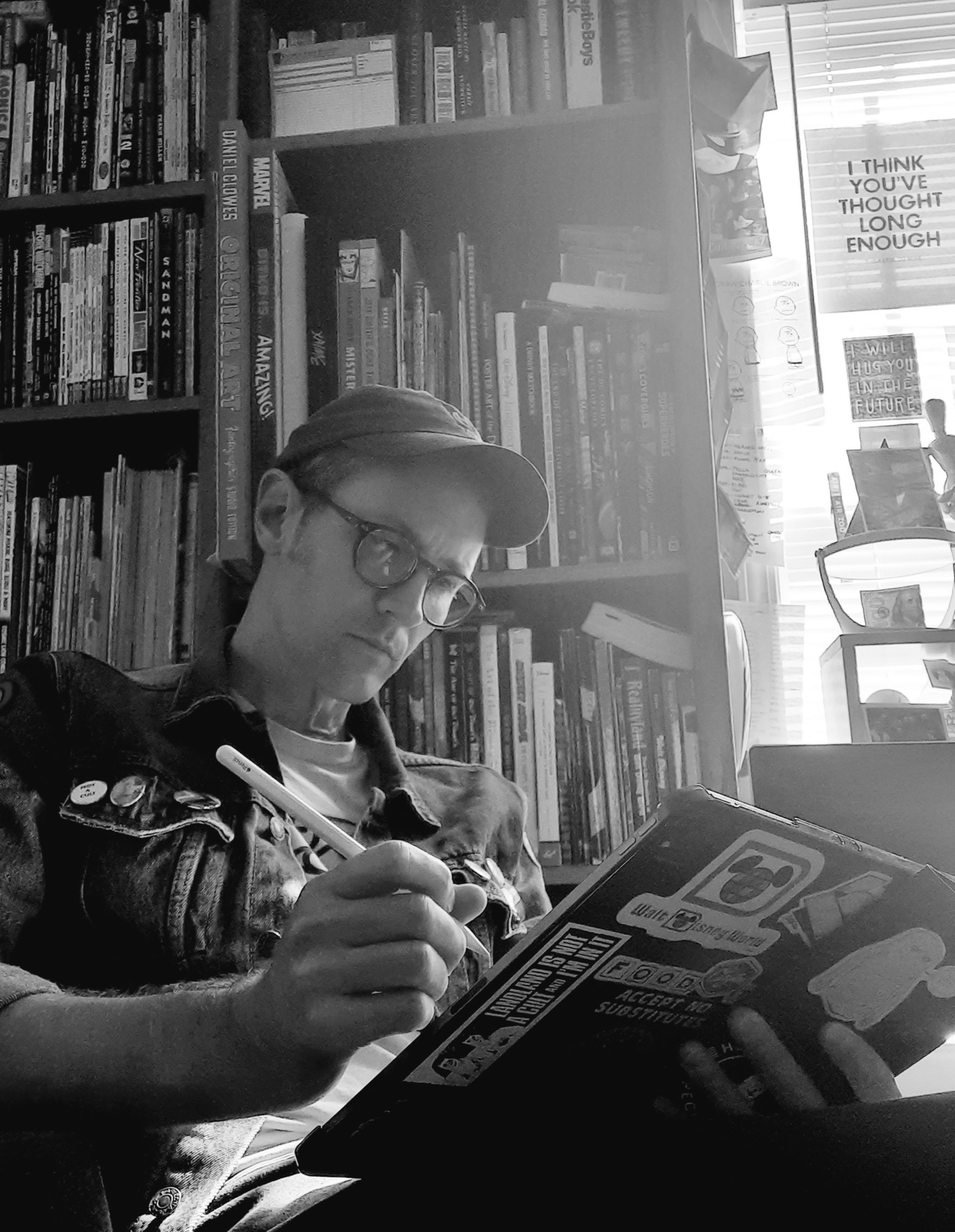
With my sequential (comic) work, there are two major things that helped contribute to my learning the craft. One was collecting comics over the years, and not even necessarily reading them, but studying them and the way the pictures told the story. It’s not that I think words are unimportant in graphic storytelling, it’s just that the pictures need to hold the attention and should do the heavy lifting, since it’s a visual medium. A page with 500 words on it is great for prose, but if those words are sharing space with pictures, things can get static. Through my work, I’ve tried to create pieces that don’t rely as much on the written word and hopefully evoke more feeling through what the reader is seeing. Read more>>
Joel Basco

Growing up as a young boy in the Philippines, I was always amazed watching my aunt make elaborate wedding cakes. She would pipe hundreds of roses, blossoms, and leaves out of royal icing. I was mystified on how they would become rock solid the next day. She would give us the broken ones, which was a treat since I loved sweets when I was a kid! It was not until I was in my 30’s that I discovered my passion for cake decorating. I received a catalog in the mail from the Institute of Culinary Education in New York City for culinary continuing education classes. I wanted to do something after work (I was an IT professional in New York City back then), so I took a few baking classes. I liked it so much that I signed up for the Pastry and Baking Techniques Program. In the process of taking those classes, I wanted my cakes to also look nice, so I took cake decorating classes at the Wilton School of Cake Decorating and The New School Culinary Arts. Read more>>
James Darnborough

In March 2020, the Covid-19 lockdown was a confusing and often terrifying experience for most of us. For me, it was a time of awakening. Creative awakening. After seeing an obscure YouTube video of a man attempting a geometric painting using an old paint can, I thought, I want to try that. I didn’t even have a decent set of paintbrushes or any acrylic paint. Still, fortunately, art stores were considered an ‘essential service,’ so three days later, I emerged from our garage with as much paint on me as on the enormous pieces of paper I had laid across the floor. As my confidence grew, I graduated to canvases. Two weeks later, I sold my first painting. This year, as a way to share my passion, I wrote a book about it called ‘Pendulum Painting – Creating stunning abstract art at home.’ Read more>>
Thomas Barnett

I learned via the head-banging-against-wall method for many years. It started around age 4 when I whined hard enough to get a guitar and guitar lessons, and really took off when I downloaded Audacity at age 11. I’ve since learned vocals, piano, guitar, bass, and kora, all via the same head-banging method. I think there was a real tenacity and desire to show up older artists in my field, teachers, touring professionals. I wanted to be the best ever since I got a guitar and listened to my first Randy Rhodes solo. I later found that it wasn’t really about being the best as much as connecting with the audience, building your own world and letting people come and inhabit it. So many young people are artists now that I think the narrative is shifting to a more communal based way of looking at things rather than each artist being their own imposing ivory tower of greatness. Read more>>
Malina Mikami

Throughout my childhood and into my adolescence, I took various art classes, experimenting with mediums like drawing, painting, and ceramics—pretty much what you’d expect. I found a lot of comfort in exploring my creativity through those courses and so once primary, then middle, and at last high school were over, and adulthood was creeping over my shoulders, I asked myself the simple and yet essential questions of life—who, what, and where—and proceeded to seek guidance from my parents. They helped me realize that graphic design could bridge this expressive exploration with problem-solving. So I went on to spend my first couple of years in university curious, focusing on honing these new technical skills, creating, failing, and trying new things in that realm. Read more>>
Kayla Maltese

I was introduced to film photography in high school (San Diego School of Creative and Performing Arts) and fell in love! So naturally I didn’t pick a camera again until my son was born six years later and I had forgotten everything I learned. I was motivated to document his life as we were so far away from family and turned first to good ol’ Google. I started with the free resources, mostly blog posts and websites geared toward teaching parents how to photograph their young kids. Then I moved on to online communities for peer support (more reading than actually participating) and started paying for low cost educational guides. After more than a year of piecing things together on my own I finally started investing in classes and workshops and found an amazing mentor. Read more>>
Terje Lamont

I grew up snowboarding with my dad. We would go as much as we could. I learned fast but some things take years. Most essential skills are Having good board control and being proficient and going fast. The biggest obstacles are the cost of training and access to facilities. Read more>>
Sunrise Mendoza
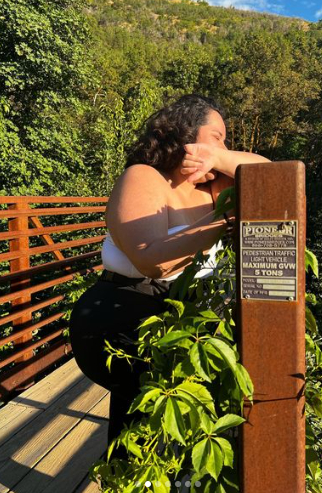
When I first started college, I enrolled in a mix of business, nutrition, and health promotion courses, which helped me build a strong foundation in understanding how the body works, what fuels it, and how to approach fitness and wellness holistically. I also took several physical education classes like cross-training and strength training, which taught me proper exercise form and how to structure effective workouts. On top of that, I explored different fitness classes outside of school, including cycling, yoga, and HIIT, which gave me exposure to a wide range of fitness techniques. Read more>>
Channel Jamil
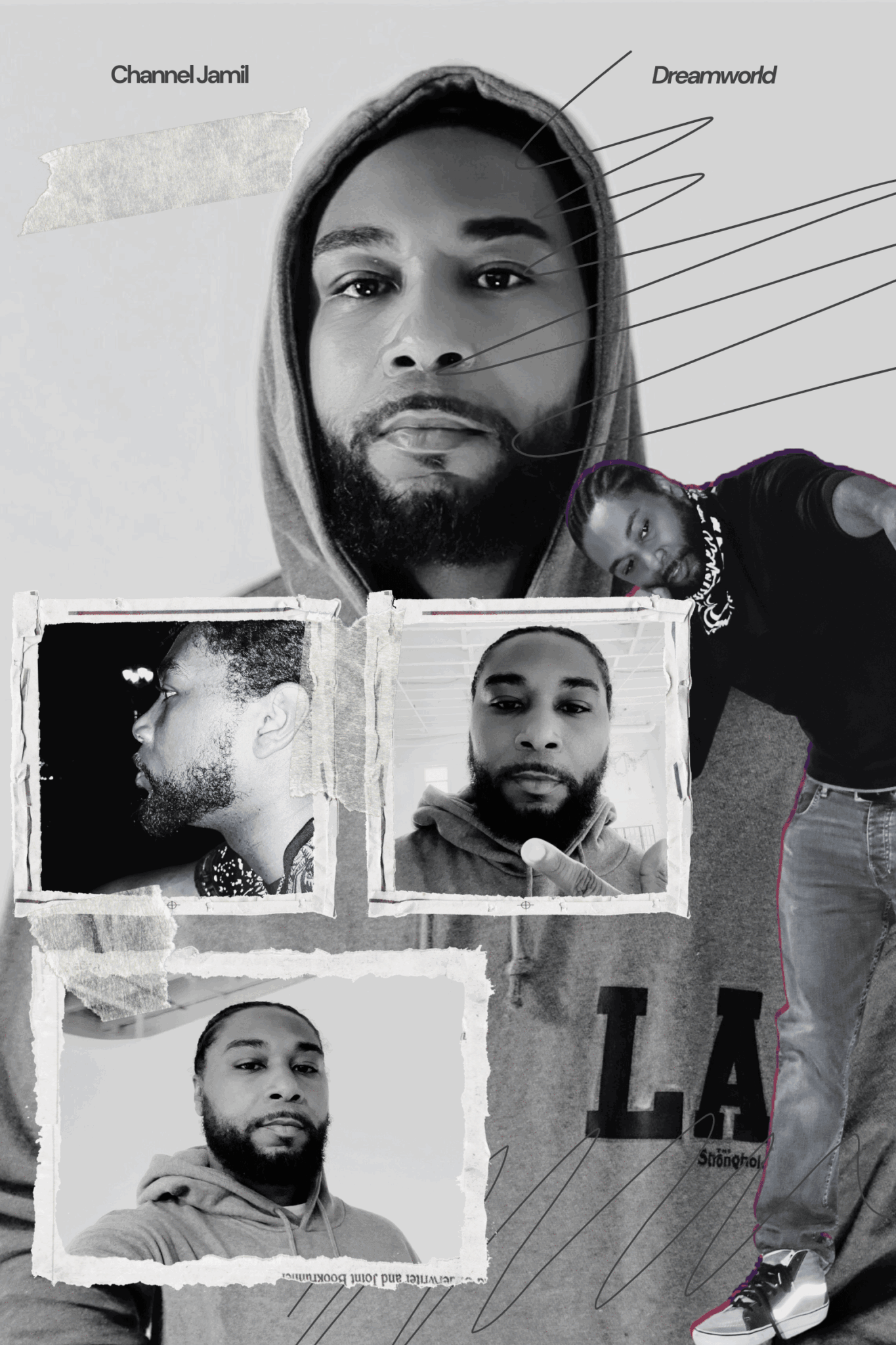
I learned to create as an artist through a hands-on approach, always engaging in the process of doing. Early on, I immersed myself in the music I loved—especially hip-hop—constantly writing, experimenting, and learning by listening to artists and producers I admired. Over time, I expanded my taste to include a wide variety of genres, developing a broad musical palette. Art has been my passion since I was a kid, and this lifelong appreciation for it fuels everything I do. Read more>>
Brian Lambert
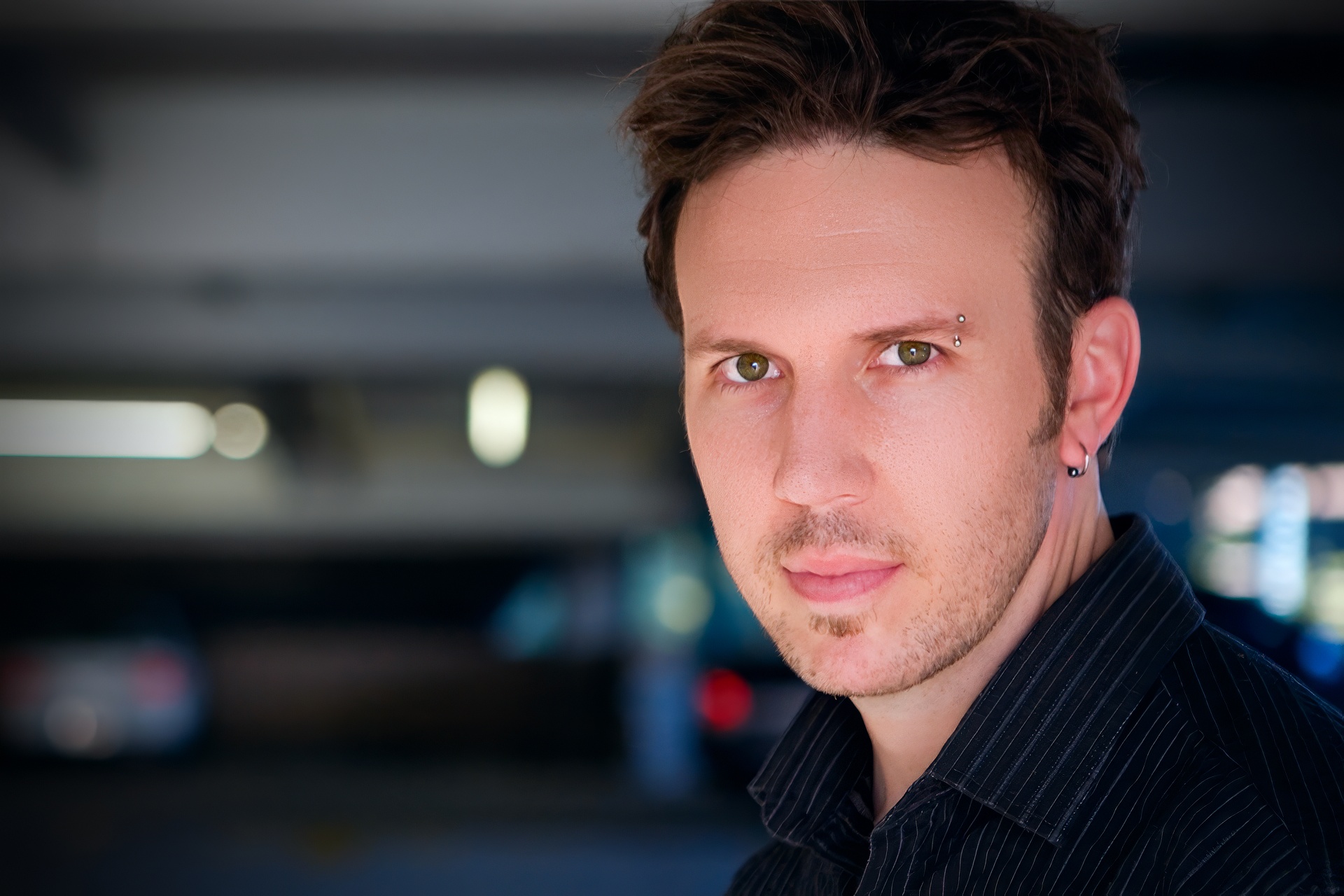
I’m STILL learning! I’ll always be learning. That’s one of the things I find most compelling about creating- whether it be in film, photography, painting, cooking- there will never be a day when you stop and say to yourself, “Well, that’s it. I’ve learned everything.” I started really young. I did my first films on my Dad’s old Super-8 camera, which was an expensive hobby for a 9-year-old. I only shot a handful of 50ft reels before moving on to VHS, which was much easier. I learned rudimentary editing by hooking 2 VCRs together with patch cables. It was clumsy and inaccurate, but it did the job in those days. Later, I moved up to using the Public Access edit bays, and started to learn the intricacies of linear deck-to-deck editing. When digital nonlinear editing came along, It felt like gold at the end of the rainbow. Read more>>
Vimala Vijayakumar

The Instagram posts of other bakers showcasing their buttercream florals became a huge source of inspiration for me. As someone who has always loved nature, especially flowers, I was beyond excited to discover that I could actually create those stunning floral designs using buttercream. It felt like combining two of my passion art and baking into something magical. I started diving into online resources, scouring YouTube tutorials and watching Instagram reels, eager to learn the art of piping beautiful flowers. It was mesmerizing to see how buttercream, something so simple, could be transformed into intricate, life-like floral arrangements. Through trial and error, I gradually began to master the techniques, learning how to create realistic flowers on a cupcake. Read more>>
Gabriela Rosales

I’ve had a life long infatuation with fashion, but more specifically, personal style. Personal style allowed me to discover myself and always gives me a way to embody my evolution and step into who I’m becoming along the way while also honoring my roots. Similarly, astrology gives us insights into our multi-faceted being and I’ve always had a natural curiosity for mysticism but took my decade long curiosity about astrology and got more serious about it during the pandemic. Prior to that and becoming a stylist, I had a clothing label called Moon Arrow where I designed and hand made one of a kind pieces. It was through Moon Arrow that I started making garments inspired by the zodiac which took on a life of its own as I discovered the undeniable link between the cosmos and our sense of Self which can be supported by embodiment via personal style. Read more>>
Nancy Panganiban

I have been drawing for as long as I can remember. It was a mechanism to release some of my emotions, both positive and negative, although I did not recognize that at the time. I focused mainly on animals as I had and have a love and interest in all species. I used books from the old “How to Draw [Horses, etc.]” series which broke down everything into geometric parts. Throughout my K-12 education, I chose art classes for all my electives. I was fortunate to grow up in a city with great schools which offered many art options. My parents did not have much money and had five children, but they managed to provide us with extracurricular arts education including ballet and private violin lessons, allowing us to participate in the local Youth Symphony. I believe the music lessons broadened the capacity to think artistically in general. Read more>>
Malak Osli

I learned to do what I do now by studying the greats before me and making success out of their blueprint. Knowing what I know now I would just be my authentic self 100%, no outside influences. Giving my energy to the wrong things and people has hindered me in the past and it took separating myself from things that no longer serve me to see it was the best possible outcome for growth and success. Read more>>
Keleigh Rodriguez

I have been taking drawing seriously since I was around 11 years old. I drew everyday, always had a sketch book, etc,. I took every art class I could and volunteered for any kind of creative project at school or in my extra curriculars, because practice is everything when it comes to learning how to draw. After going to art school, I really wish I could go back to teenage me and really emphasize the need to just sit down and practice and not care if it looks good or bad. I think because of the rise of social media, lots of young artists feel the need for everything they create to always be amazing and aesthetically pleasing, but that’s not always going to be the case. Sometimes you have to make something that’s ugly, and that’s okay! Read more>>
David Amdur

How did you learn to do what you do? Knowing what you know now, what could you have done to speed up your learning process? What skills do you think were most essential? What obstacles stood in the way of learning more? I didn’t have any ‘natural talent’ for drawing. I put that in quotes because I don’t really believe really believe in it. I think so called ‘natural talent’ is the result of untold hours spent throughout childhood and adolescence drawing for the fun of it. But, like most people, I mostly stopped drawing at about age eleven years, because there is little reward for it in or out of school, until one develops a special talent. Read more>>
Spenser Harrison
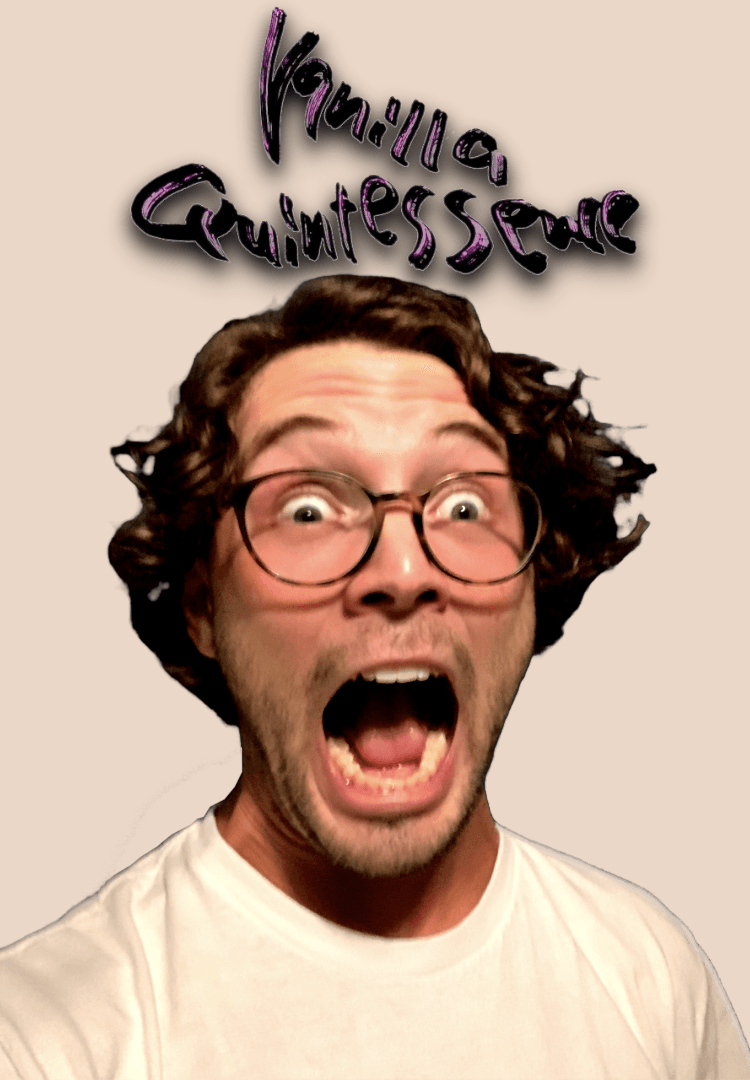
Early on, I just practiced guitar a lot. It’s probably not a super exciting answer to read about, but that’s what happened. I might have played a little throughout the week but typically I’d do most of my playing on Saturdays, usually for hours on end. Would it have been better to practice a bit everyday instead of practicing a ton on one day? I’m sure some people would probably tell you so and I’m not necessarily saying one way is better than the other. What really matters is wanting it enough to practice at all. I think practicing that way early on helped create a solid foundation for me as a musician and over time how I practiced changed as necessary. Read more>>
Jay Fosgitt
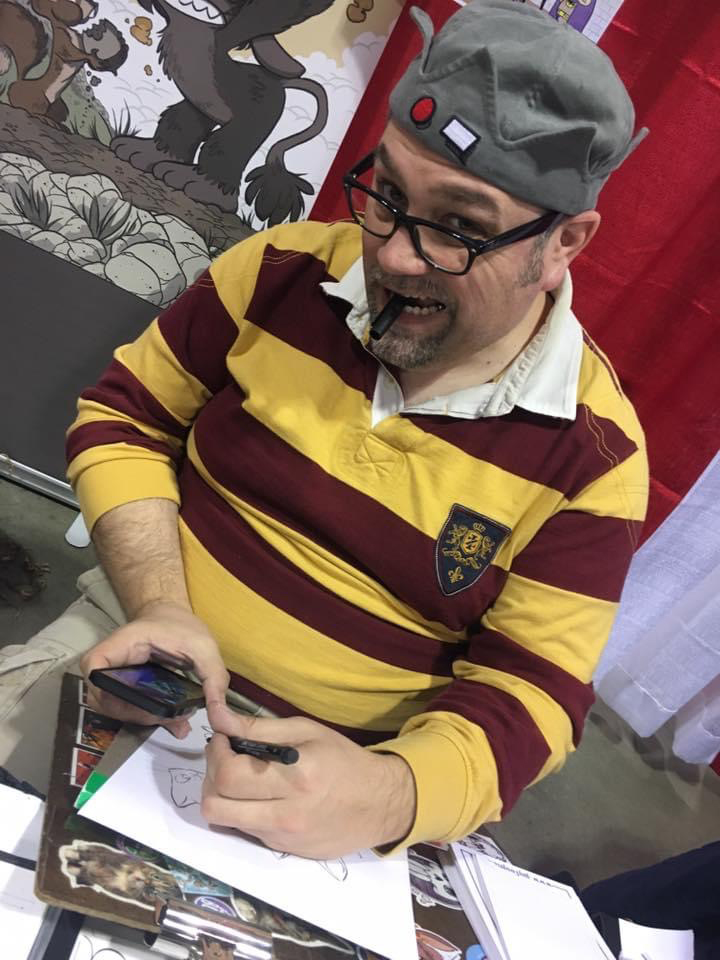
My career is a testament to trial and error. Starting out before the coming of the internet, and stuck in the midwest far outside the comic industry, I didn’t have many resources on how to break into comics, or what the right or wrong way was to create comics. So, I just created. I wrote, drew, colored and lettered my first graphic novel with the cheapest and least recommended art supplies, digitally colored my work without any real understanding of color, shadow or lighting (and with barely a cursory knowledge of Photoshop), and without understanding working in layers. I finished it, printed off some sample pages, took a train to an out of state comic con, and showed those samples to anyone who would give me five minutes. Read more>>


